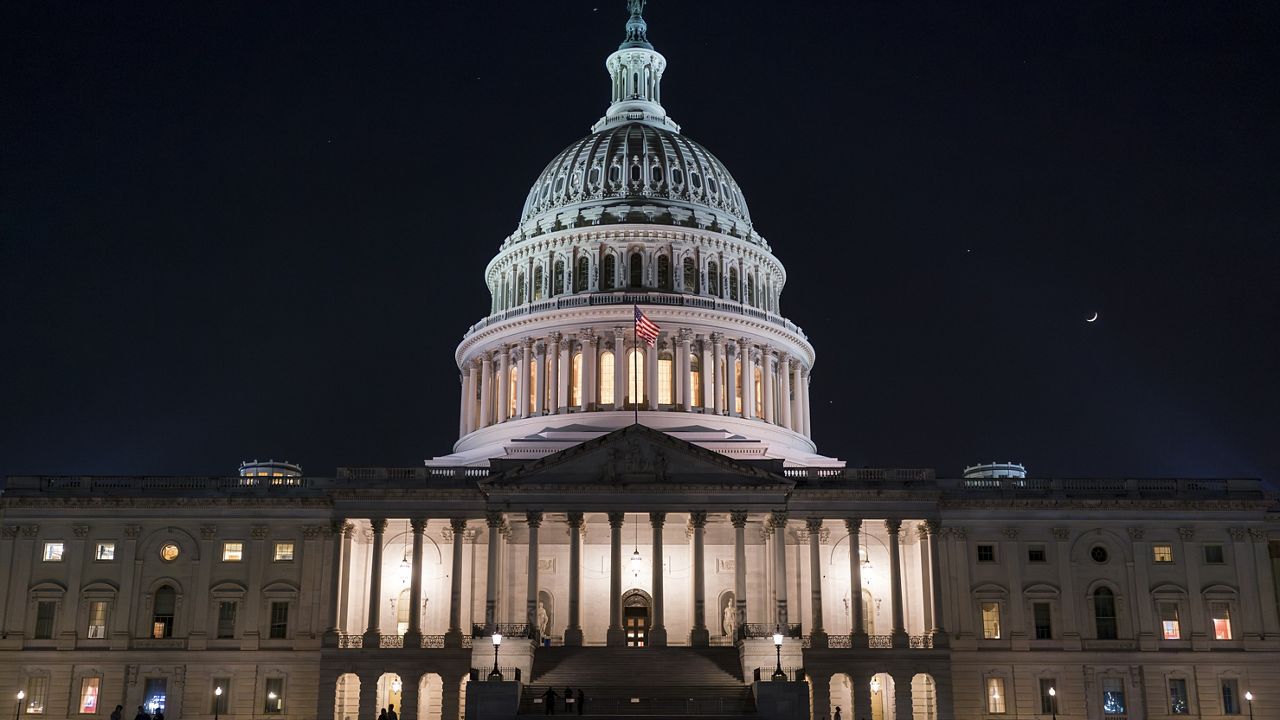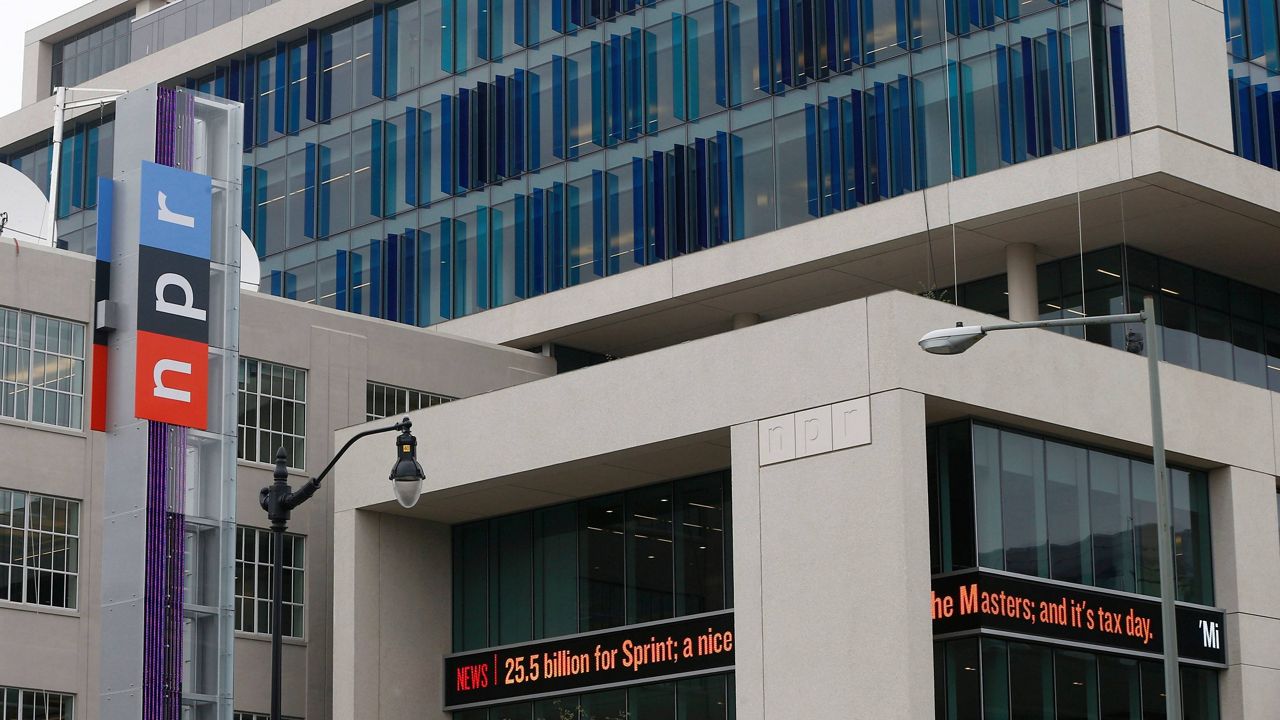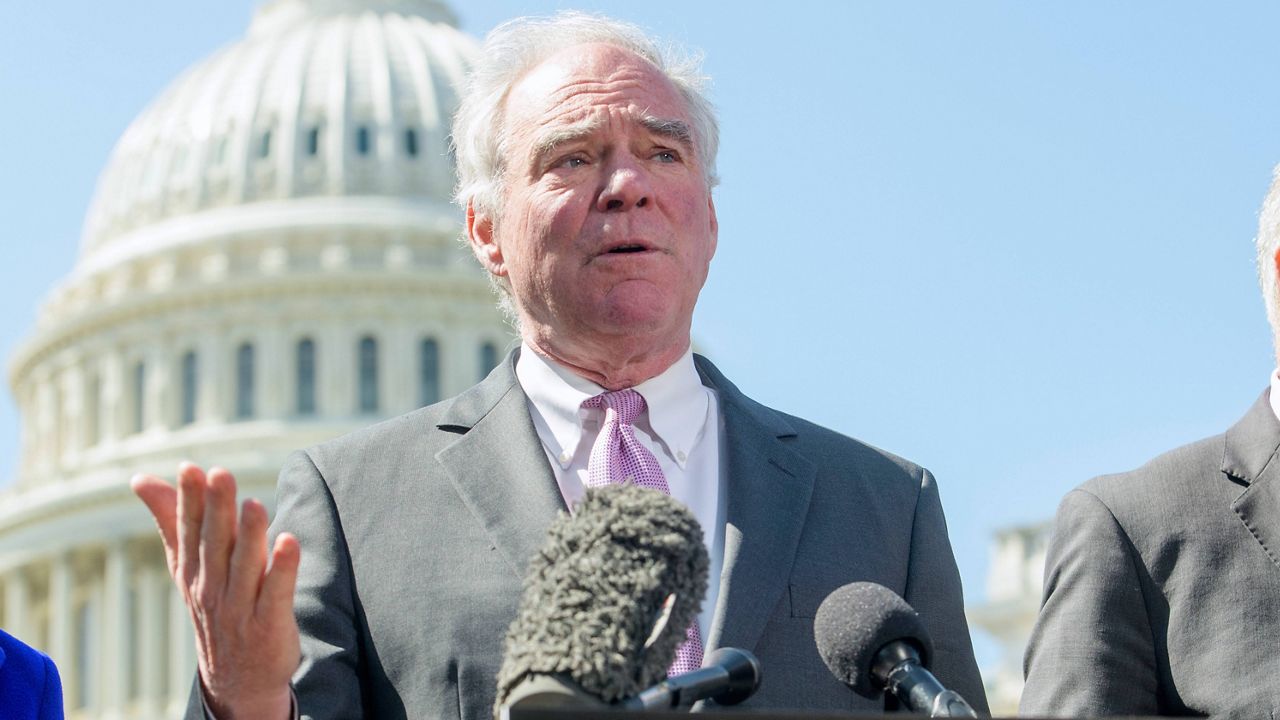June 1 might be the 'x-date' the U.S. can no longer pay its bills unless Congress votes to to raise or suspend the debt limit, but if history is any barometer, even butting up against that deadline without a deal could come with consequences.
What You Need To Know
- June 1 might be the X-date for Congress to raise or suspend the debt limit, but if history is any barometer, even butting up against that deadline without a deal could come with consequences
- Just like this year, in 2011, Republicans, newly in charge of the House, demanded the president, then Barack Obama, cut spending in exchange for their support to raise the debt ceiling
- An agreement was reached July 31, two days before the Treasury Department said it would run out of money to pay its bills
- Despite that, the U.S. saw its credit rating downgraded, stocks plummeted, trillions in household wealth was lost, borrowing costs rose, and business and consumer confidence suffered
Economists warn that if Congress fails to act by June 1, it could trigger an economic calamity. A default on the nation’s financial obligations would mean lenders, military personnel and Social Security recipients, among others, won’t be paid, interest rates could soar, world markets could be rattled, and a recession could begin, leading to widespread job layoffs.
While that remains the worst-case scenario, an 11th-hour deal also could cause a lesser degree of pain for the U.S. economy.
Just like this year, in 2011, Republicans, newly in charge of the House, demanded the president, then Barack Obama, cut spending in exchange for their support to raise the debt ceiling.
An agreement was reached July 31, two days before the Treasury Department said it would run out of money to pay its bills.
There also was a tense debt-limit negotiation in 2013 that was not resolved until the day before the Oct. 17 deadline. But the impact of that standoff was clouded by a partial government shut down in the 2½ weeks leading up to the default deadline.
In a call last week with state and elected officials and community and labor leaders, Vice President Kamala Harris pointed to 2011’s near default as a cautionary tale.
“Back in 2011, we saw that even coming close to a default … can hurt our nation's economy and families,” she said.
Here are some examples of the fallout in 2011.
Credit rating downgraded
For the first time ever, the credit rating agency Standard & Poor’s, now S&P Global Ratings, downgraded the United States’ credit rating from its top level of AAA to AA-plus, citing “political brinkmanship” over the debt limit that made the U.S. government’s ability to manage its finances “less stable, less effective and less predictable.”
A lower credit rate influences the interest rates paid on debt.
Moody’s and Fitch, two other rating agencies, did not lower their U.S. credit ratings, but they changed their outlooks for the country from stable to negatives before later changing them back.
S&P, however, never restored the U.S. back to its AAA rating.
Stocks plummeted
Fears about a potential default caused stocks to plummet and market volatility to spike. In the days leading up to and immediately following the deal between the White House and Congress, the S&P 500 fell 17.6% and did not recover for another six months.
The Nasdaq composite also dropped 17.6% and the Dow Jones Industrial Average fell 16.1% with similar recovery times.
Household wealth dropped
Household wealth took a $2.4 trillion hit between the second and third quarters of 2011 as a result of stocks losing value, according to a Treasury Department report. Roughly half of U.S. households either directly or indirectly — through mutual funds or 401(k) retirement accounts — own stocks.
A decline in household wealth has a ripple effect because it translates into a decline in consumer spending, which accounts for about 70% of gross domestic product.
Borrowing costs rose
Borrowing money became more expensive for the federal government, consumers and businesses as a result of the 2011 debt stalemate.
The Government Accountability Office estimated that delays in raising the debt ceiling in 2011 led to a $1.3 billion increase in the Treasury Department’s borrowing costs that fiscal year, as well as multiyear effects.
Meanwhile, Americans saw mortgage rates rise in the late summer of 2011. According to reports from the Treasury Department and White House, mortgage rates rose 0.7 to 0.8 percentage points in late summer 2021, costing middle-class borrowers tens of thousands of dollars over the life of a 30-year home loan.
Auto loans and personal loans also cost more, the White House said, citing multiple outside analyses.
Corporations, too, saw increased borrowing costs, according to the Treasury Department.
Consumer and business confidence suffered
From June to August 2011, consumer confidence dropped 22% and business confidence fell 3%, according to the Treasury Department report. The department noted that both metrics were already in decline earlier in the year due to developments in other countries, but they fell further around the debt-limit deadline and did not rebound for months.
Reduced confidence, along with the volatile financial markets, resulted in weaker-than-usual economic expansion even after the debt ceiling had been raised, the Treasury Department said.








